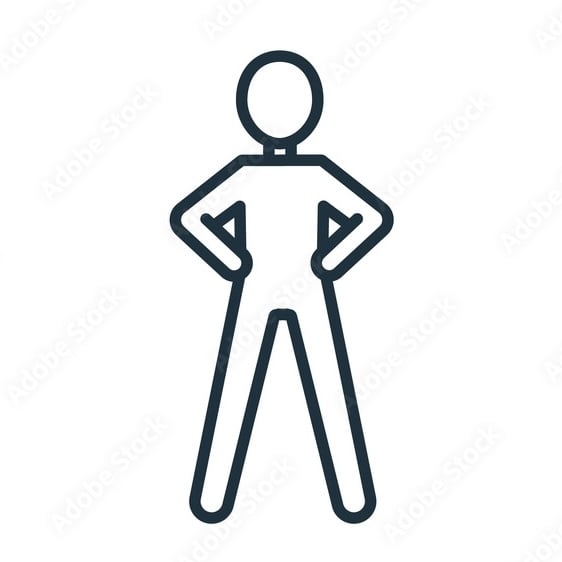

AI bots never had rights to waive. Their work is not their work.
This is only partially true. In the US (which tends to set the tone on copyright, but other jurisdictions will weigh in over time) generative AI cannot be considered an “author.” That doesn’t mean that other forms of rights don’t apply to AI generated works (for example, AI generated works may be treated as trade secrets and probably will be accepted for trademark purposes).
Also, all of the usual transformations which can take work from the public domain and result in a new copyrightable derivative also apply.
This is a much more complex issue than just, “AI bots never had rights to waive.”





I can’t imagine who would hire him. He fucked Unity badly.